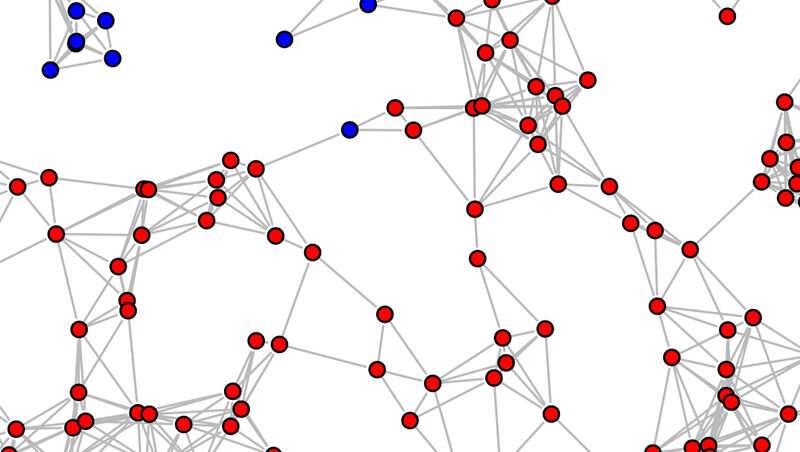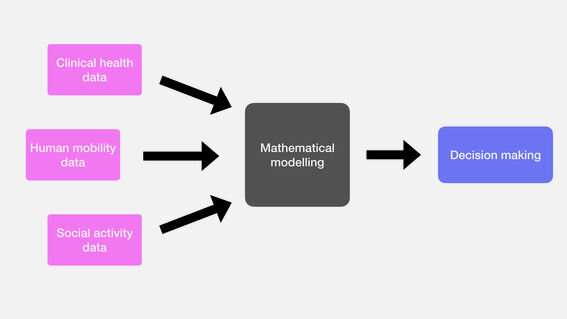
The NordicMathCovid project aims to model corona and future epidemics more extensively than has been previously attempted. It also builds towards long-term cooperation in mathematical modeling and extensive collection of health data.
“One of the purposes of the project is to compare different corona models and scenarios in different countries. For example, we can apply Swedish figures to conditions in Finland and Norway or see what would have happened if Sweden had acted differently,” says Professor Lasse Leskelä from Aalto University.
Traditional epidemic modeling does not take into account the network structure, geographical location or human mobility. Modern network theory provides computational methods for modeling population contact structures, which is needed in order to assess, for example, the contribution of school closures towards slowing down the epidemic.
“We are studying large populations. We do not assume that individuals are associated to each other on an entirely random basis; instead, we apply knowledge about how social networks are usually shaped: some people, such as superspreaders, have more contacts than others. In addition, social networks are clustered, which means that the connections are interlaced,” explains Professor Mikko Kivelä.
The large variations in contacts, mobility and social activity in different population groups have a significant impact on the spread of the epidemic and the formation of immunity. In order to understand these phenomena, the project will develop new stochastic models.

Data from different sources
The researchers are utilizing an as diverse as possible range of realistic and real-time medical, physical and social data. At the general level, Statistics Finland is providing data related to people’s mobility, with telecommunications operators providing more detailed data. Vehicle data can be obtained from road traffic. Local authorities can provide structural data on schools, which provides information on which areas the pupils of different schools are drawn from.
“The data is always stored on the secure servers that belong to its owner or to the CSC IT Center for Science,” Leskelä explains.
In addition to examining the spread of communicable diseases, the data and models may also be used to compare diverse vaccination strategies.
“Mathematical modeling allows to explore and try to understand the spread of the epidemic and also the question of who should be vaccinated first,” says Professor Tapio Ala-Nissilä.
The research can also be used to examine the structure of the infectious disease situation.
Source: Read Full Article
